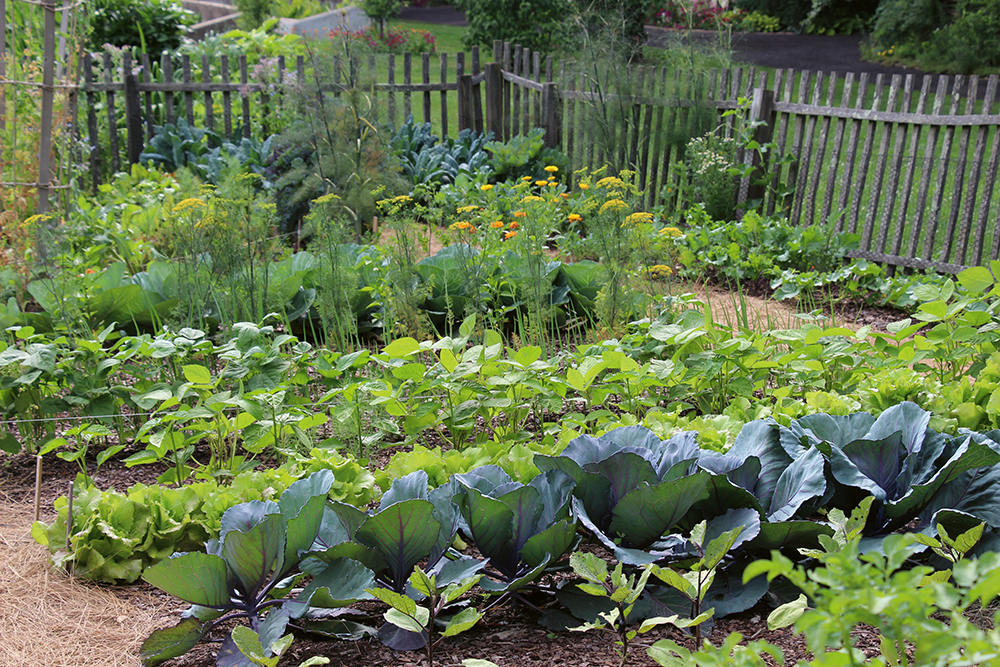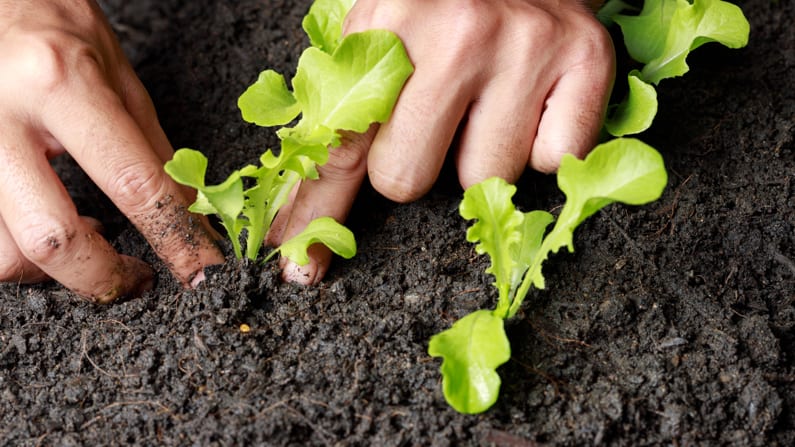
Discover how strategic plant pairing can enhance growth, deter pests, and improve yields in your garden through scientifically-proven companion planting techniques.
Read More →
Learn innovative techniques for growing abundant food in limited spaces, from balcony container gardens to vertical planting systems that turn walls into productive spaces.
Read More →
Our comprehensive guide helps you plan succession planting for continuous harvests throughout the year, with crop-specific timing recommendations for every season.
Read More →
Explore soil preparation techniques that create the ideal growing environment, from composting methods to natural amendments that boost fertility and structure.
Read More →
Discover water-saving irrigation strategies that deliver moisture directly to plant roots while minimizing evaporation and runoff, perfect for drought-prone areas.
Read More →:strip_icc()/BHG-gardening-pests-neem-oil-for-plants-Hero-351e9a537e704fdfad83a6e55b7e9d3b.jpg)
Learn about effective, chemical-free pest management strategies that protect your plants while maintaining ecological balance in your garden ecosystem.
Read More →Start by accurately measuring the length and width of your garden bed, raised bed, or container in inches. For irregularly shaped beds, measure the longest and widest points. If you're working with multiple beds, calculate each one separately or add their total growing area together.
Choose between square, triangular, or rectangular planting patterns. Square grids work well for most vegetables, triangular patterns maximize space for plants like strawberries, and rectangular rows are traditional for crops like corn or beans. The calculator will adjust its formula based on your selection.
Enter the recommended spacing between plants (and between rows if using rectangular planting). You can find this information on seed packets or plant tags. Our plant selector can auto-fill common spacing requirements, or you can input custom measurements for unique varieties or special growing conditions.
The calculator will display exactly how many plants will fit in your space and show a visual representation of the planting arrangement. Use this as a guide when planting, marking your garden with stakes and string if needed. Remember to account for plant growth—some plants may need temporary spacing adjustments that you can modify as they mature.
Proper spacing ensures each plant has adequate access to sunlight, water, and nutrients. Overcrowded plants compete for resources, leading to stunted growth, increased disease susceptibility, and reduced yields. Proper spacing also improves air circulation, which helps prevent fungal diseases.
Our calculator uses precise mathematical formulas based on geometric planting patterns. It accounts for the exact dimensions you provide and the specific spacing requirements of your plants. While it's highly accurate, we recommend leaving a small buffer (1-2 inches) for practical planting adjustments.
Absolutely! The calculator works perfectly for containers—just input the diameter or length/width of your pot. For round containers, use the diameter as both length and width. We've included adjustments for container-specific growing conditions in our algorithms.
Square spacing arranges plants in a grid with equal distance between plants in all directions. Triangular spacing offsets each row so plants nestle between those in adjacent rows, allowing about 15% more plants in the same area while maintaining proper spacing—ideal for plants like strawberries or bush beans.
Yes, in poor soils you might want to increase spacing slightly as plants will grow larger root systems to find nutrients. In rich soils, you can sometimes decrease spacing slightly as plants will grow more vertically. Our calculator includes a "soil quality" adjustment option in advanced settings.
The spacing recommendations already account for mature plant size. However, for plants with quick growth (like zucchini), you might temporarily plant at closer spacing and thin plants as they grow. Our calculator can generate both initial and final spacing plans for such crops.
Yes! After calculating, you can download your plan as a PDF or image file to print or save. We're also developing account features that will let you save multiple plans and access them across devices—sign up for our newsletter to be notified when this launches.
For irregular shapes, measure the longest length and widest width to get approximate dimensions. The calculator will give you a maximum plant count—you can then adjust placement visually based on your actual bed shape using our visualization tool as a guide.
When companion planting, use the larger spacing requirement of the two plants. Our calculator has a companion planting mode that helps you calculate spacing for plant pairs, automatically adjusting for their combined needs while showing you how many of each you can fit together.
Our website is fully mobile-optimized and functions like an app when added to your home screen. We're developing native apps for iOS and Android—join our beta testing list if you'd like early access to these upcoming mobile applications.